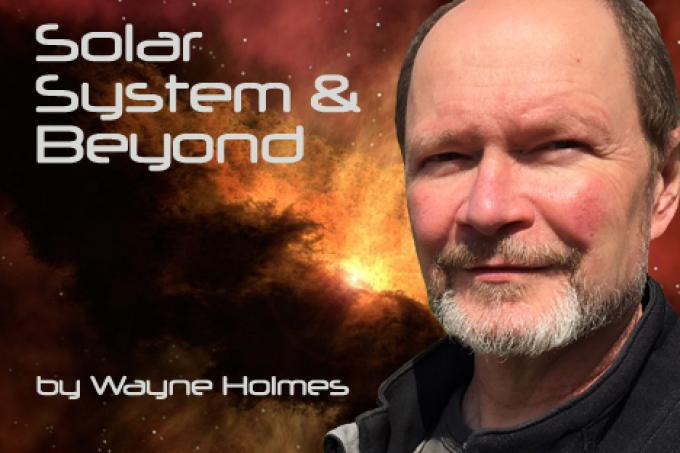Another 'Blue Moon' plus return of Venus
Wayne Holmes is back at it again. The Local Astronomer, with a keen interest in astronomy since receiving his first telescope and reading about the objects in the sky at a young age, is hopeful the sky will clear as once again there are two months in the month of March. As the coordinator of the Starry Nights program at Taghum Hall as well as multi session astronomy classes as part of the Learning in Retirement program and astronomy programs for schools, Holmes has always had a desire to sky gaze. Thankfully, Holmes has agreed to share his knowledge in this column, Solar System and Beyond that will appear occasionally in The Nelson Daily.
We will once again enjoy two full Moons in one month. If you remember, we stated the year with a full Moon that was at the closest distance from Earth that a full Moon will come for the year, making it a “Super Moon”. At the end of January we witnessed the month’s second full Moon, a so called “Blue Moon”, pass through Earth’s shadow, giving us a Lunar eclipse.
February saw no full Moons but we start the month of March with a Full Moon and the second full Moon happens on March 31st giving us two “Blue Moons” this year.
Throughout the autumn months Venus shone brightly in the east as our “morning star” until it dropped below the horizon in January for a conjunction with the Sun. It is now returning to our skies but as an “evening star” in the west. Through the months of spring we will see it climb higher in the western sky.
On (Saturday) March 3rd, Venus and it’s inner solar system partner, Mercury can be spotted low in the west, shortly after sunset. Venus, being the brightest star – like object in the sky should be easy to spot if your western horizon is low enough, but you may need binoculars to pick out Mercury, only one degree to the right of Venus.
Look for Mercury and Venus again, on the 18th of march when they will be joined by an extremely thin crescent Moon.
The Moon will be about 3 1/2 degrees below and to the left of Venus. Mercury will be about the same distance from Venus, but above and to the right of the bright planet.
Try to spot all three, low in the west, shortly after sunset.

























